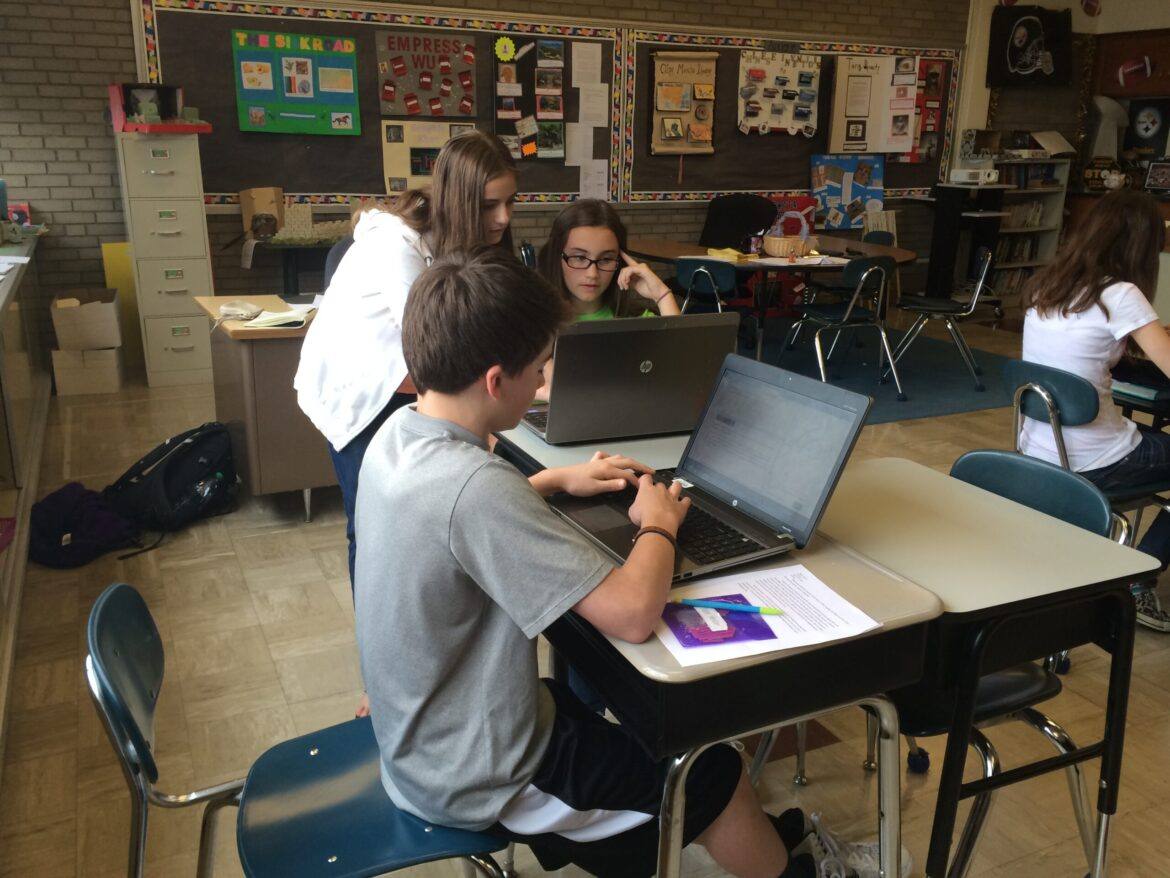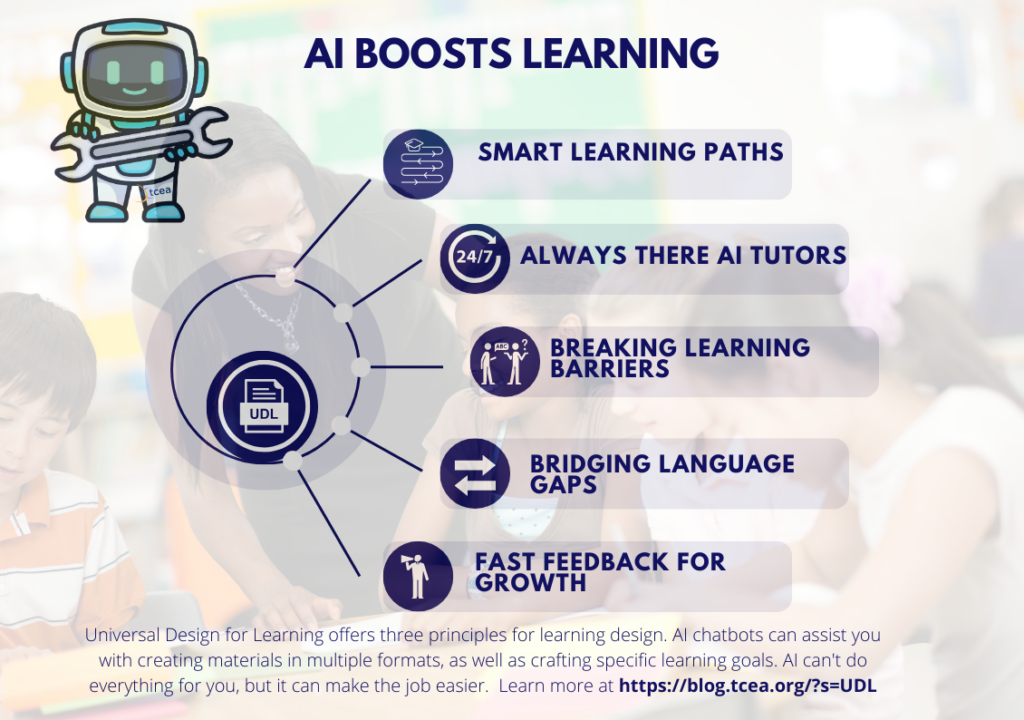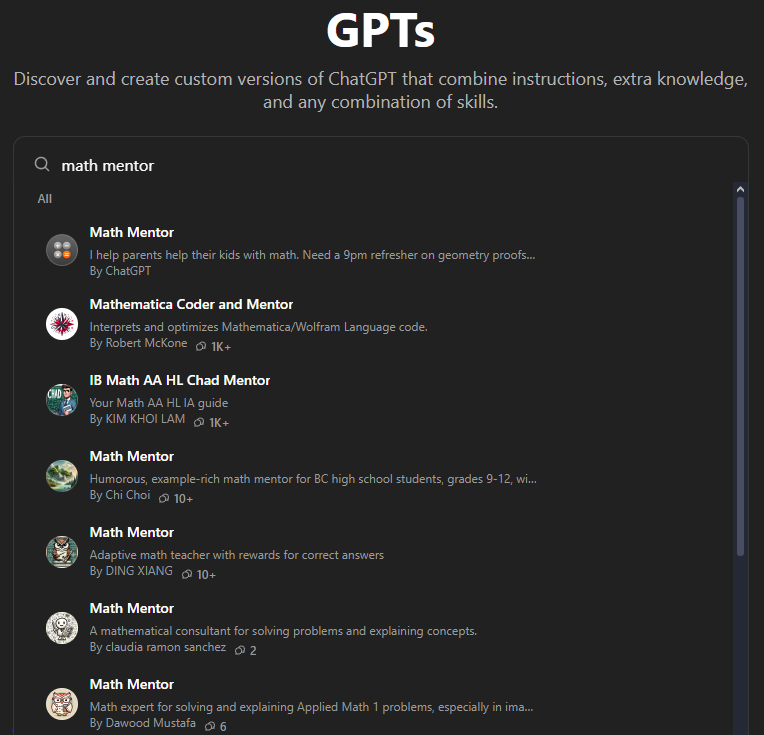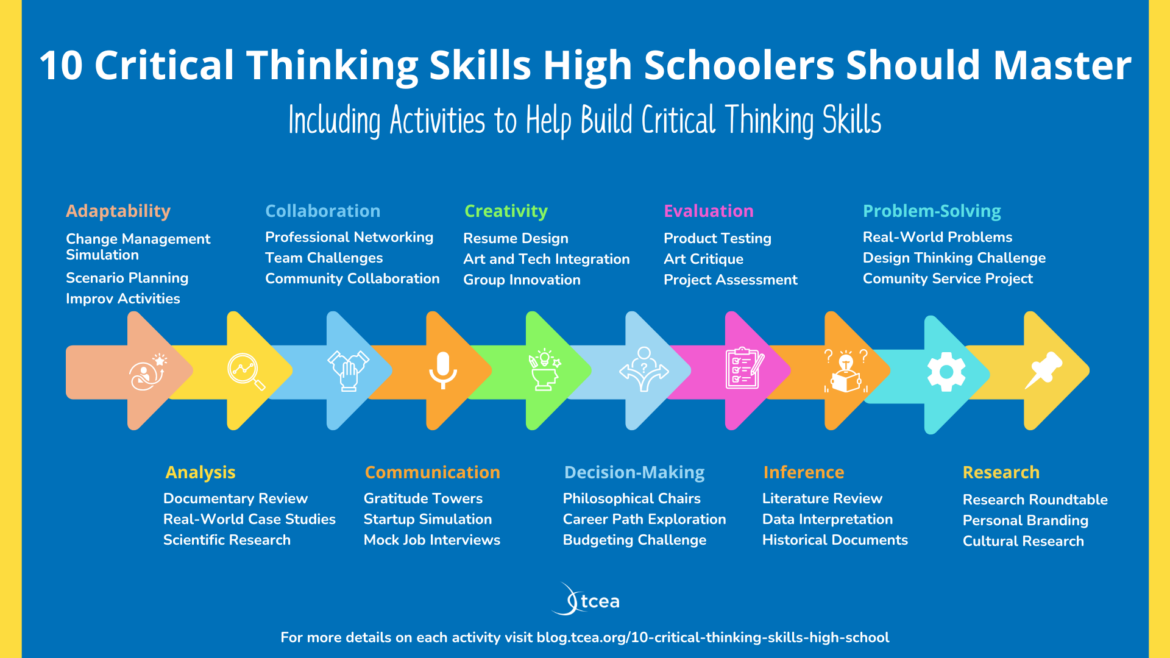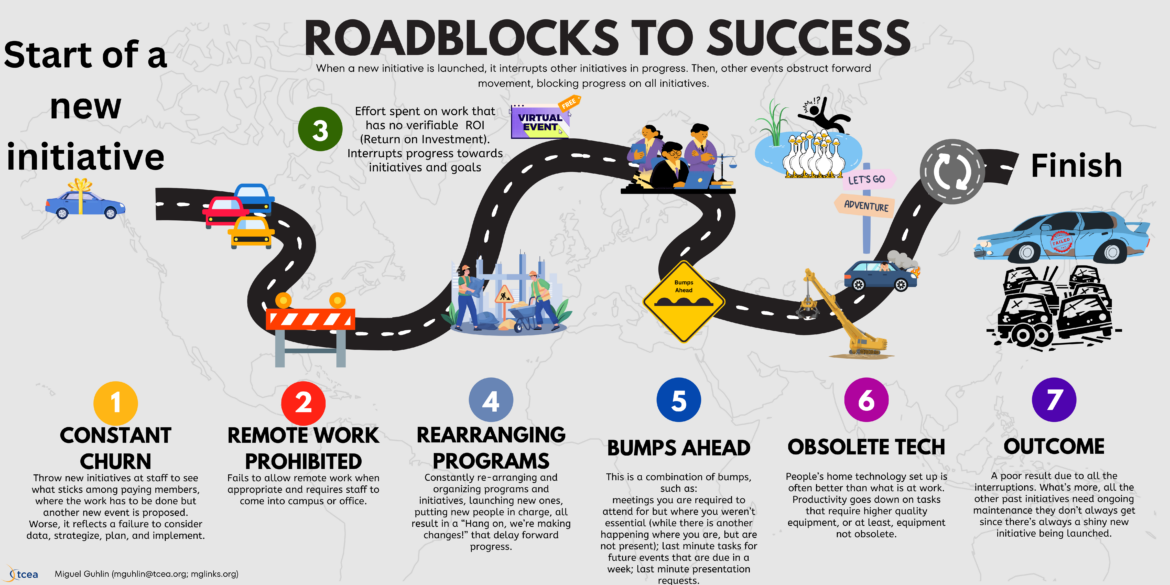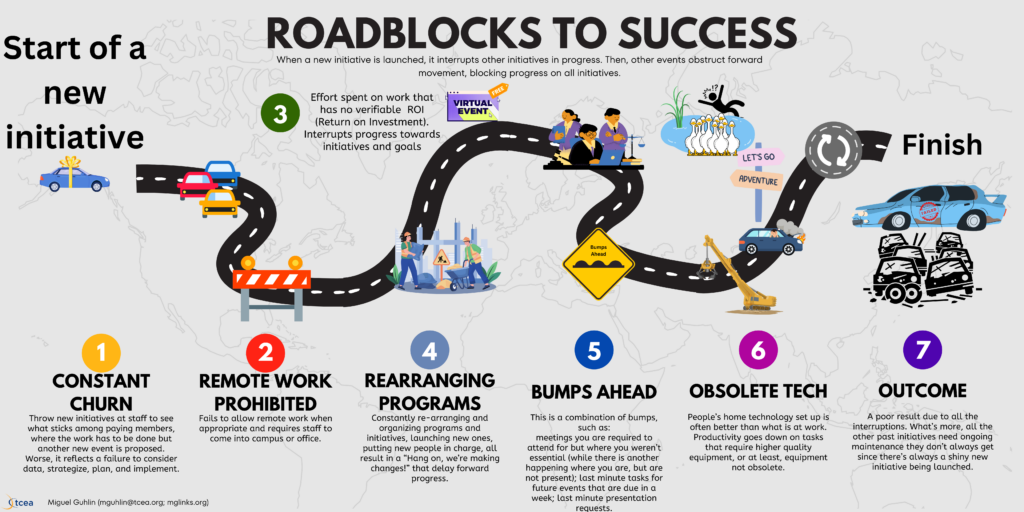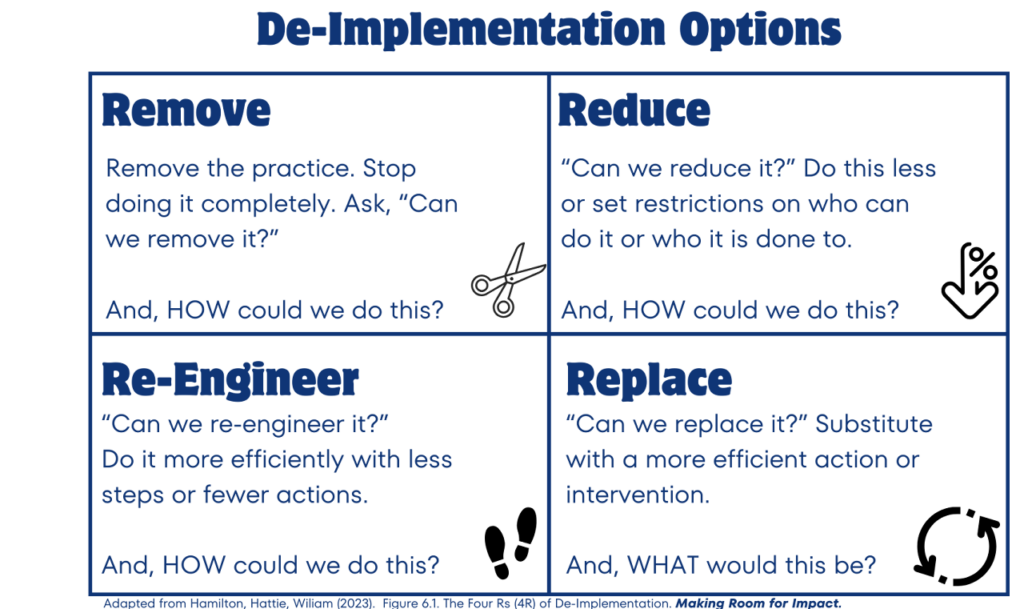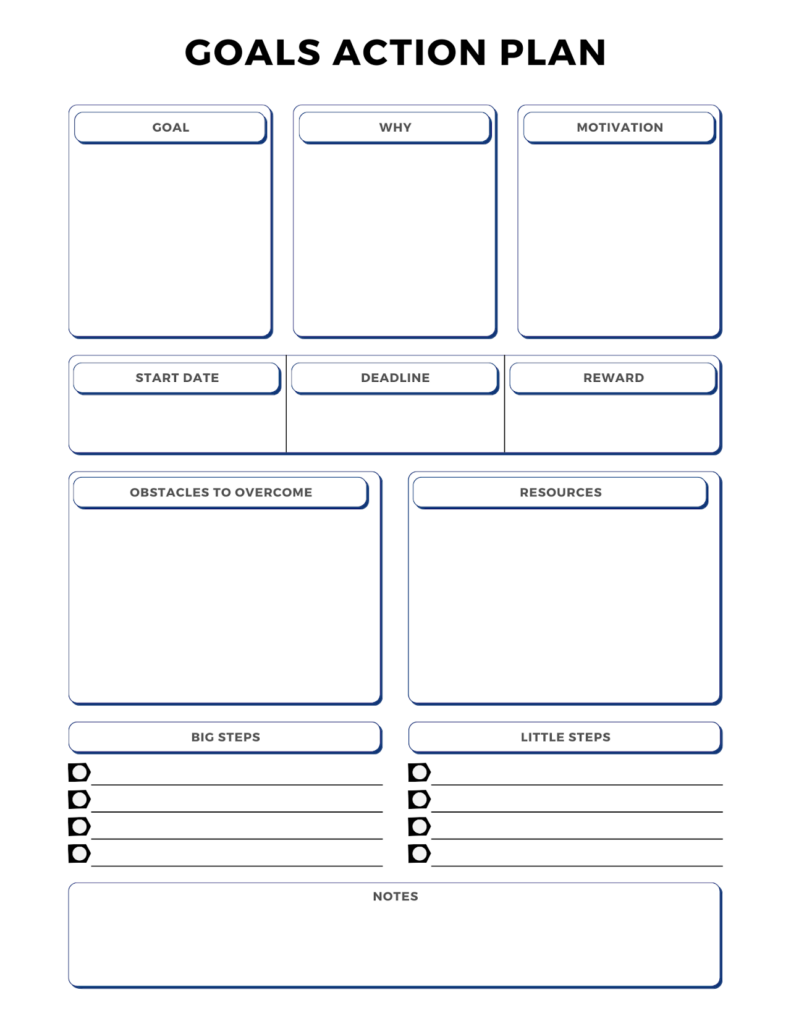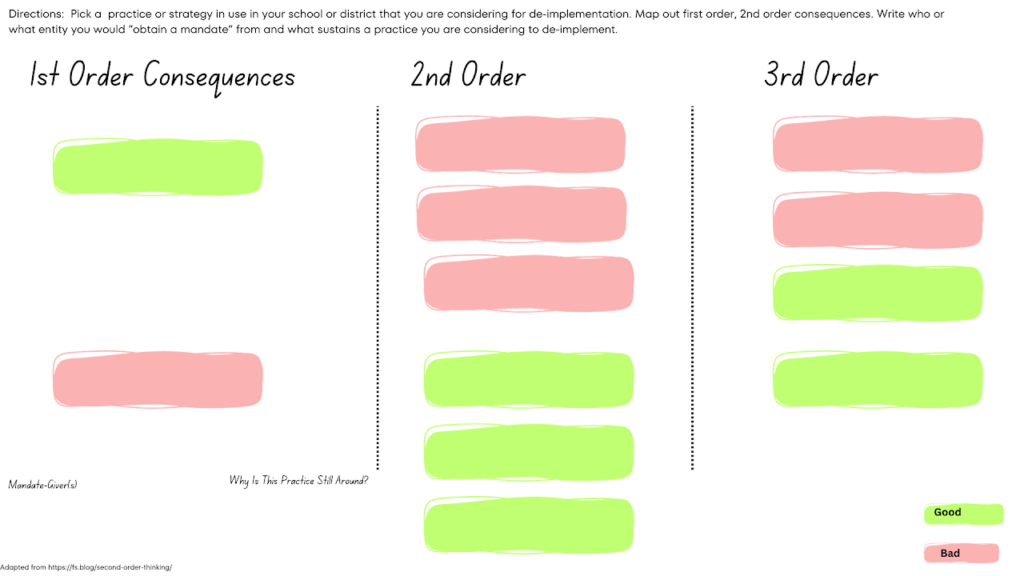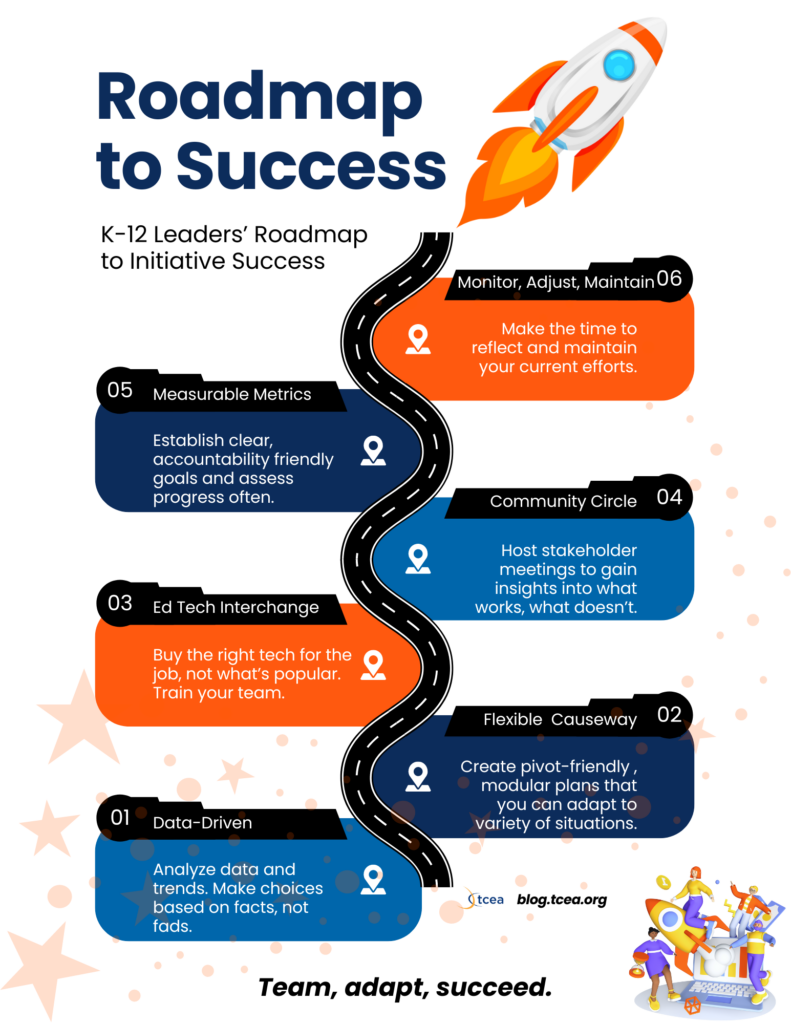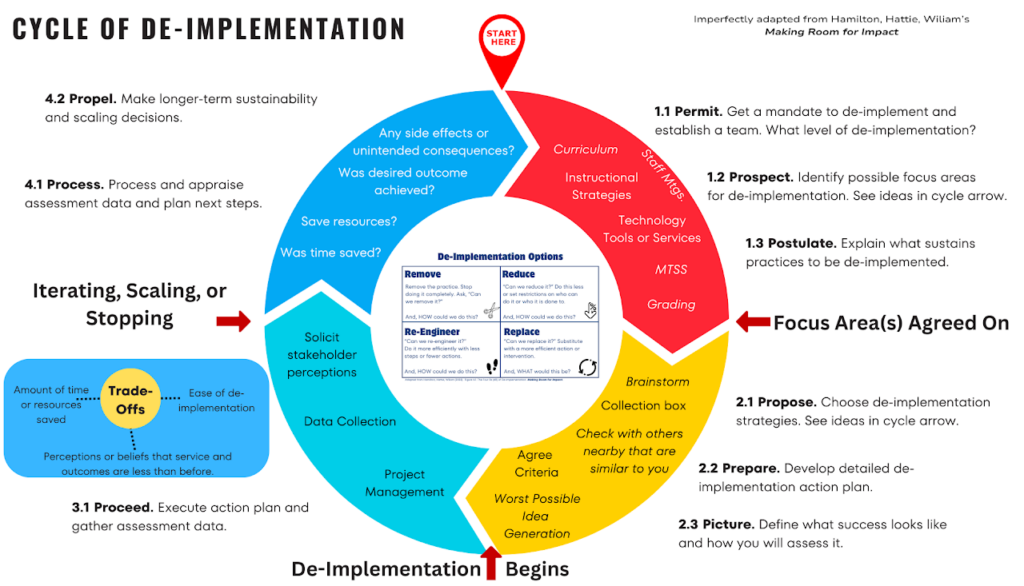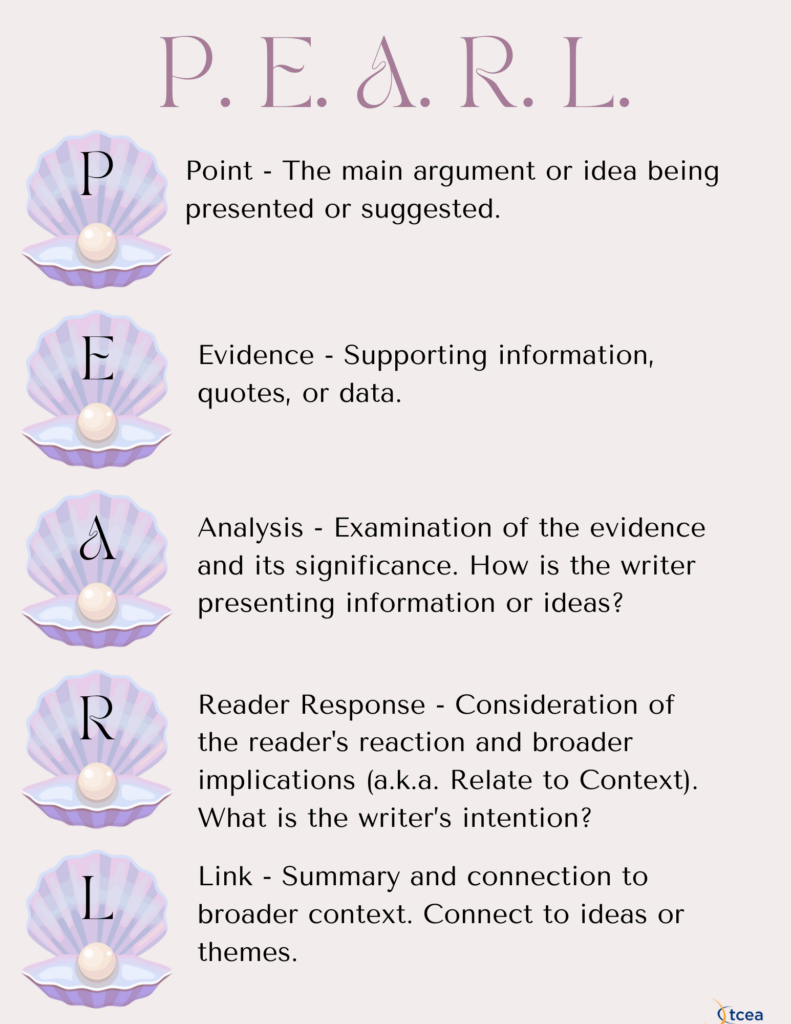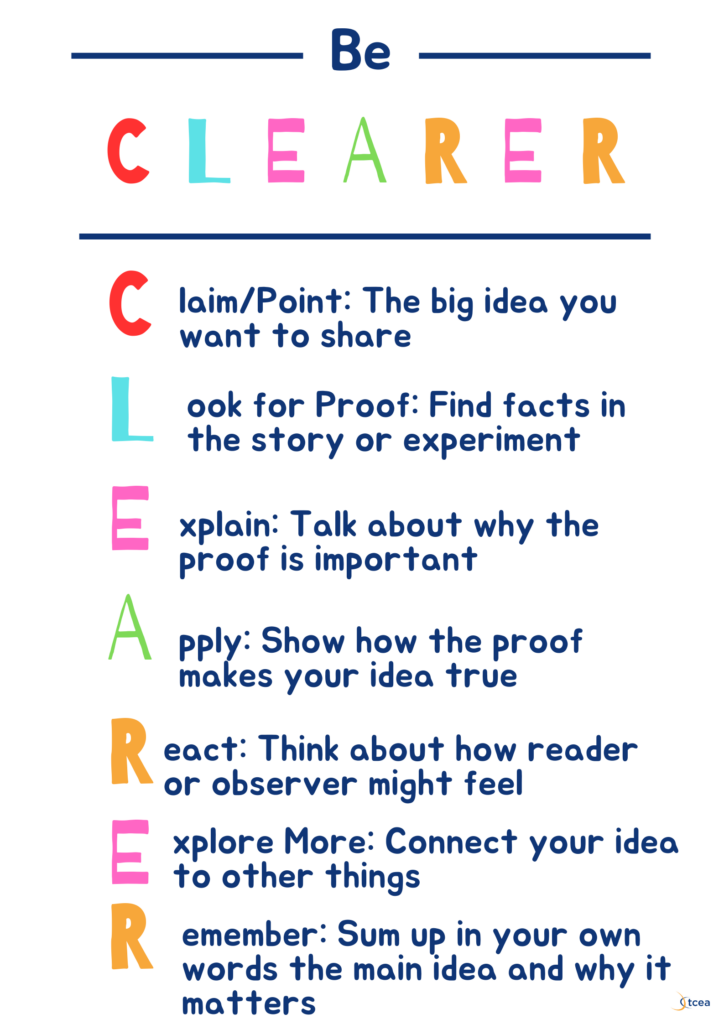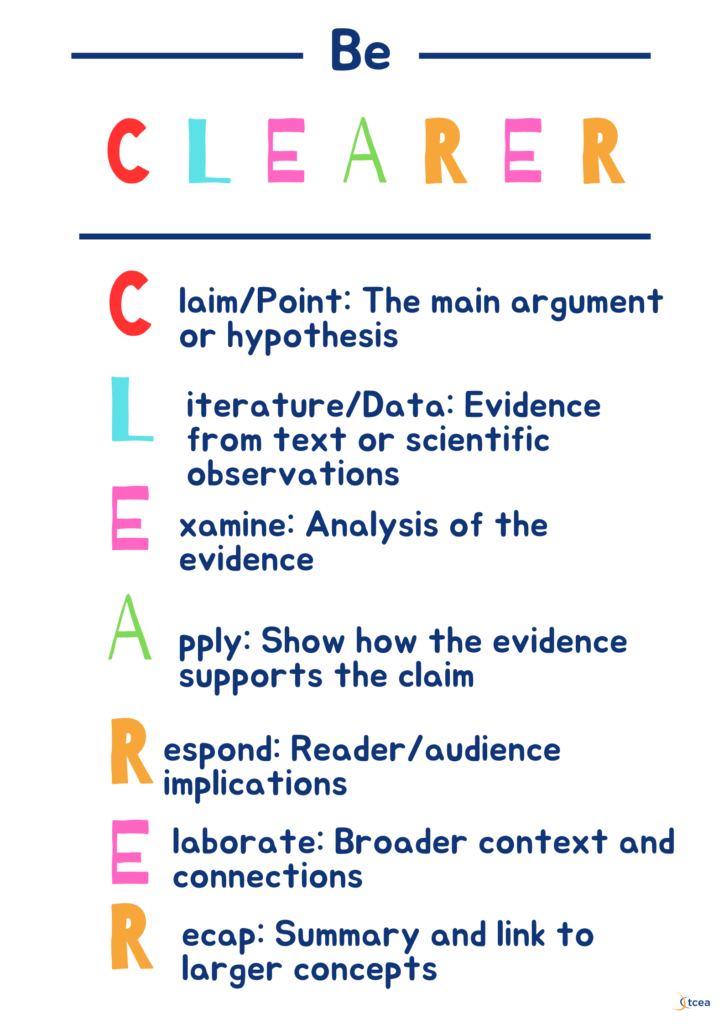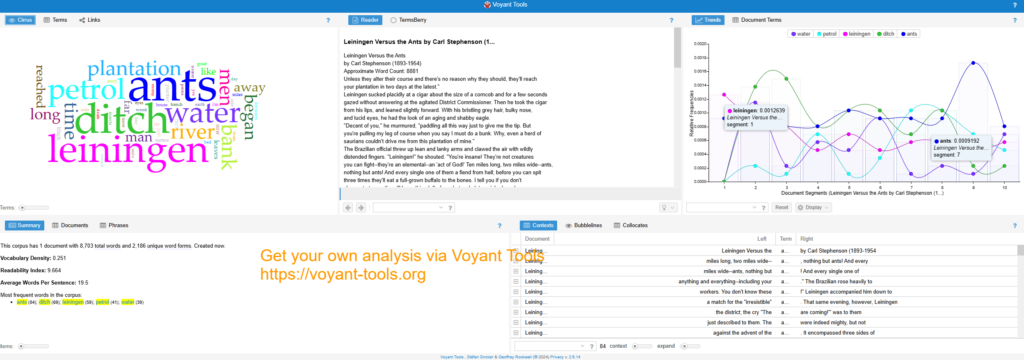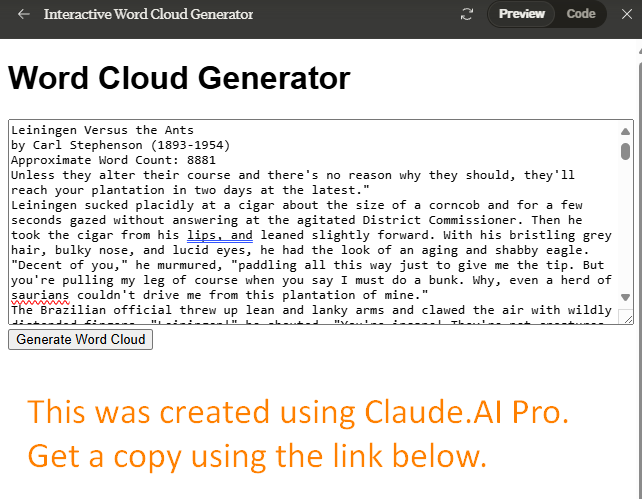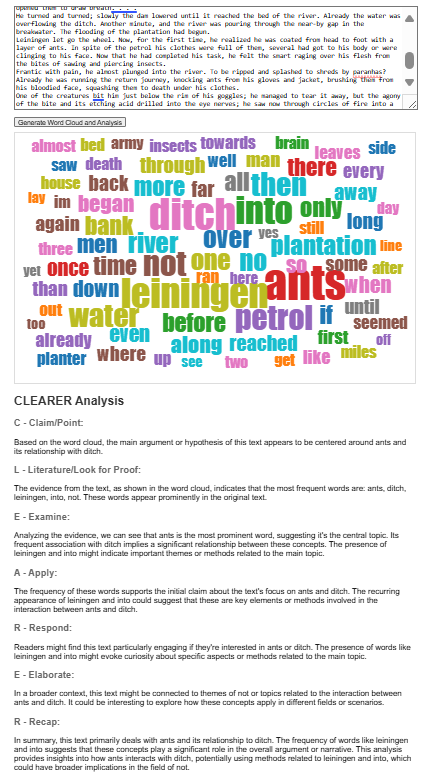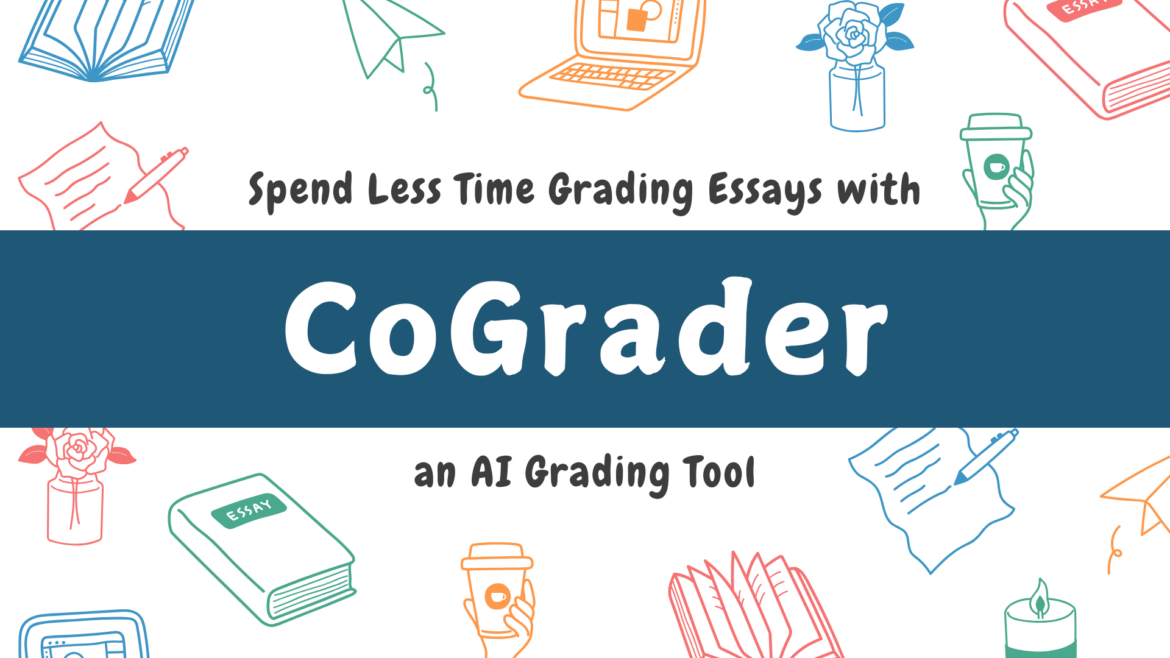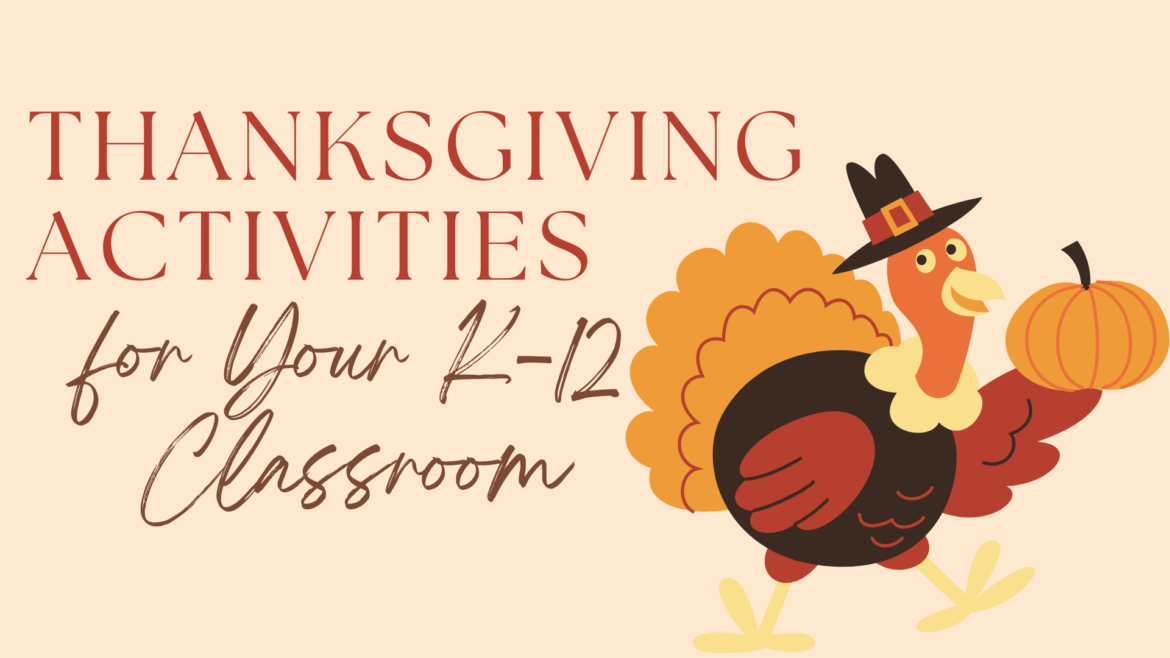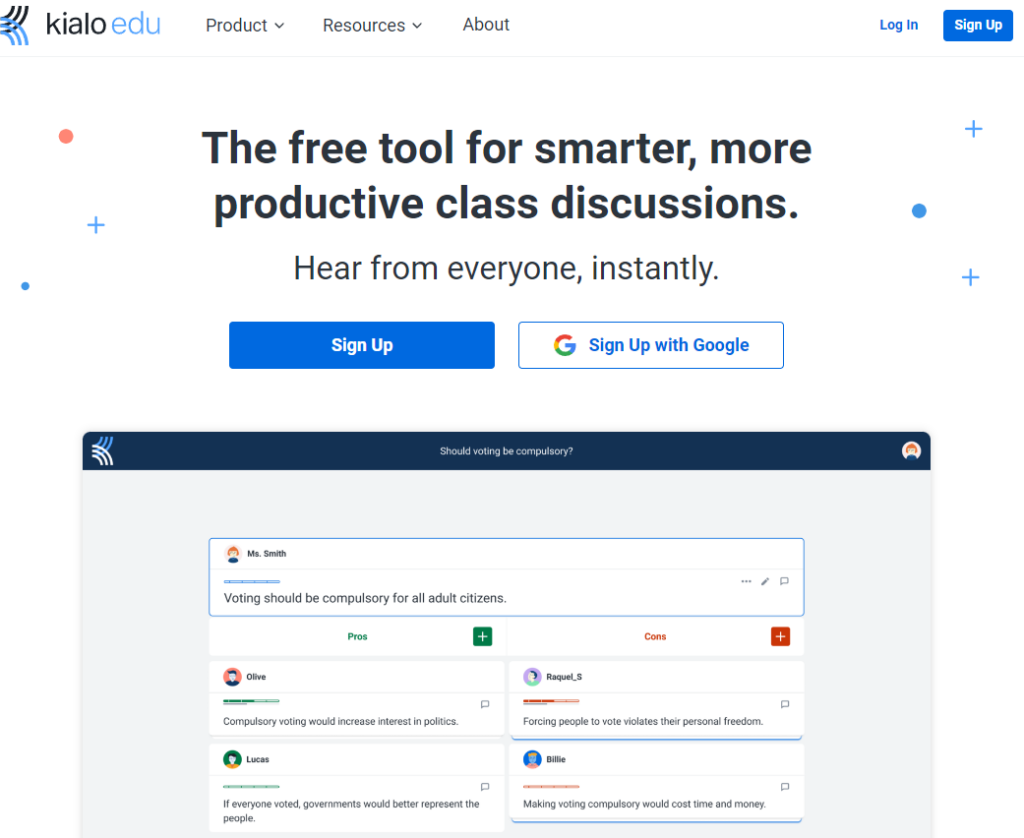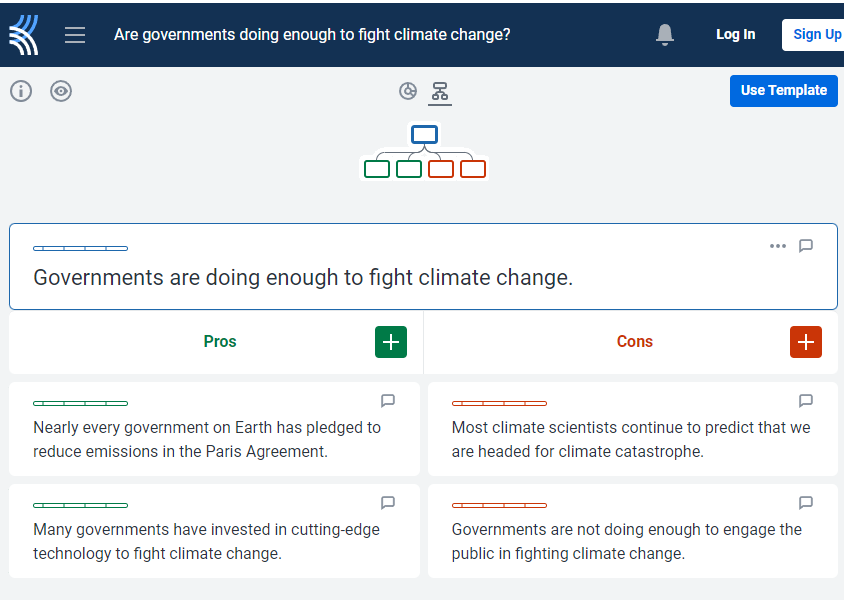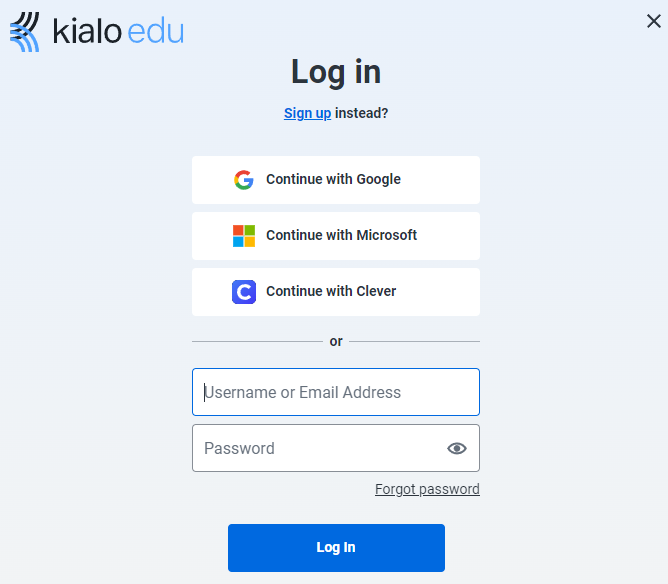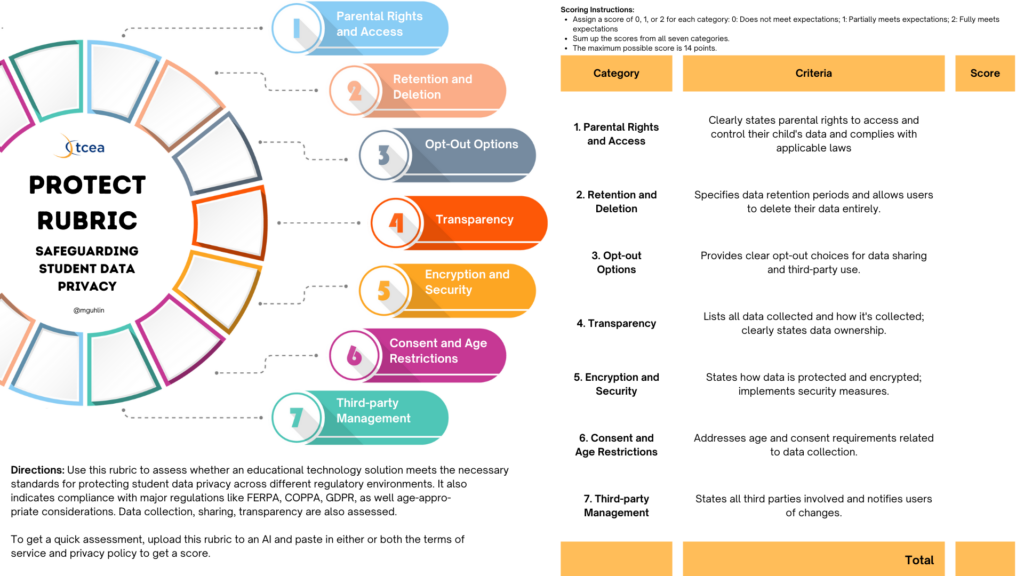“My notebooks,” shares Aimee Buckner, author of Nonfiction Notebooks: Strategies for Informational Writing, “make me reflect on what I do as a writer and as a teacher. Sometimes I reflect as I reread, and other times I reflect when I just look at the stack.” As a writer myself, I find Aimee’s point spot on, since having notebooks helps me organize the vastness of ideas and then put them into context. Through the use of OneNote, Diigo.com and IFTTT.com, student writing notebooks can become powerful ways to organize and share the work of writers in the classroom.
“By sixth grade,” points out Australian educator Tony Stead, “children will have spent 84% of writer’s workshop composing personal narratives, stories, and writing from prompts.” Wow, read that again. Now ask yourself how much of the reading that you do as an adult is personal narrative and/or stories? If you’re like me, you’ll see that 90% of the writing I devour as an educator and adult is non-fiction. In fact, most adults read non-fiction MORE than fiction.
Aimee agrees with Tony’s emphasis on non-fiction writing as “a huge genre.” Based on Tony’s well-researched point, as well as Aimee’s, it is critical that students both consume and engage in informational writing. Our students CAN produce non-fiction and hear (via podcasts) and learn the language of non-fiction. Aimee points out that “informational writing,” which she also dubs “explanatory writing,” can have a profound effect on students’ ability to write better.
Let’s review some of the key points from Aimee’s book Nonfiction Notebooks: Strategies for Informational Writing:
- Notebooks help students organize what they know and use what they know about.
- Notebooks help students “grow their writing and strengthen their ideas” by finding other texts they love and studying how those are put together.
- Notebooks can help students plan out organization, flow, and key ideas of their writing.
The writer’s notebook, usually a beautifully-decorated work of paper, stickers, glue, and decorative items that students use to track their ideas, like footprints by fairies in a evergreen forest budding with half-formed observations, is central to our writing process. While many students in classrooms sporting Chromebooks and iPads see the value of word processing their content, tools like OneNote often go unused.
Let’s quickly review the power of each of these tools and then apply them to the key points in Aimee’s book:
- OneNote.com is a digital notebook, allowing you to organize an almost unlimited number of notes organized into sections in notebooks. You can even create, as Aimee describes in her book, “stacks” of notebooks. You can easily add tags or one-word descriptors to each note. OneNote apps exist on every platform, from Android to iPad to iPhone, as well as on Chromebook, Windows/Mac laptop, or desktop. In short, OneNote works on everything. Furthermore, you can audio record/save/email content (pictures, audio, video, and, my favorite, text) into a notebook. Students can easily use OneNote to engage in collaborative conversations and “group share” about their writing.
- Share OneNote notebook entries to an RSS feed. Want to spotlight student notebook entries? View the notebook via OneNote Online and bookmark it with Diigo, a social bookmarking tool. Diigo provides you with access to an RSS feed that you can publish and share. This makes automating sharing of bookmarked student writing via IFTTT.com simple and easy. If you so choose, only those notes tagged with “published” can be shared via the RSS feed. Once you have the RSS feed, you can embed it on any website, as well as auto-publish it to Twitter, Facebook, and other social media outlets.
Let’s explore these two digital tools in the context of Nonfiction Notebooks key ideas that I highlighted above:
As non-fiction writers, it’s important to find texts that can serve a dual purpose. Many of these texts are not to be found in print magazine and books, but rather, online in their digital equivalents. As a result, students, and you as a teacher, need an easy to way to “clip” content and then share the relevant excerpt with others. Using OneNote 2016 (which is free on all devices), as well as the OneNote clipper, writers can organize content they find in notebooks.
This organization is important because it enables students to make choices about topic and genre and then they can capitalize on the benefits of content curation with their peers.
Here’s how it works:
Ashleigh, an eighth grader, wants to write about her experiences raising a calf. She begins collecting information about raising cows to see how others have approached the topic, clipping certain selections that she likes or wants to refer to while writing her own how-to for inclusion in her piece. She knows that her audience will be other teens, but also a general audience. She mixes her own experiences in, as well as records audio interviews with other friends who have had their own experiences. Ashleigh snaps photos of her calf and attaches pictures she’s taken of her calf to illustrate the steps one must follow. All of this content — pictures, audio, and text — ends up as separate notes in her “How to Raise a Calf” notebook on OneNote.
Rather than having this process of content curation dwell in ignorance and darkness, Ashleigh’s teacher, parents, and friends have been able to follow her growth as a content curator and drafts at her own How-To in real time. This is because Ashleigh is able to choose what to share from her “How to Raise a Calf” notebook online. There is no copy-and-paste, double the effort. When Ashleigh has something to share, she uses Diigo to bookmark the page and tags it with the word “published.” Then, the IFTTT.com recipe picks it up in the Diigo RSS feed and shares it to Twitter, Facebook, and other social media outlets, including blogs. In this way, others can see what Ashleigh is reading and clipping. Furthermore, Ashleigh’s writing piece is auto-published online as she revises. Parents can subscribe to the RSS feed generated by Diigo.com.
As Ashleigh begins to organize a variety of pieces, she can create new notebooks and organize them according to how she and her teacher have decided makes the most sense. This collaborative process enables Ashleigh, and students like her, to “plan out organization, flow, and key ideas of their writing” as an interactive dialogue between teacher and student, student and peers, writer and the world.
One of the key components of student writing is sharing and publishing. While there are many tools for organizing our writing, OneNote + Diigo.com + IFTTT.com make a winning combination for empowering students and teachers. Specifically, it enables them to pull back the veil between that moment when ideas arise from the chaos when those ideas are shaped and informed by information and then blended into a draft of non-fiction writing. Making this living, ever-changing draft of writing, updated as it happens, available online makes them a winning combination. Of course, there are other ways to accomplish this and those approaches are also worth exploring.
Join the ongoing TCEA Microsoft Innovative Educator (MIE) SkypeChat via your mobile device or online. Explore and share concepts at the intersection of teaching, learning, leading, and technology!


